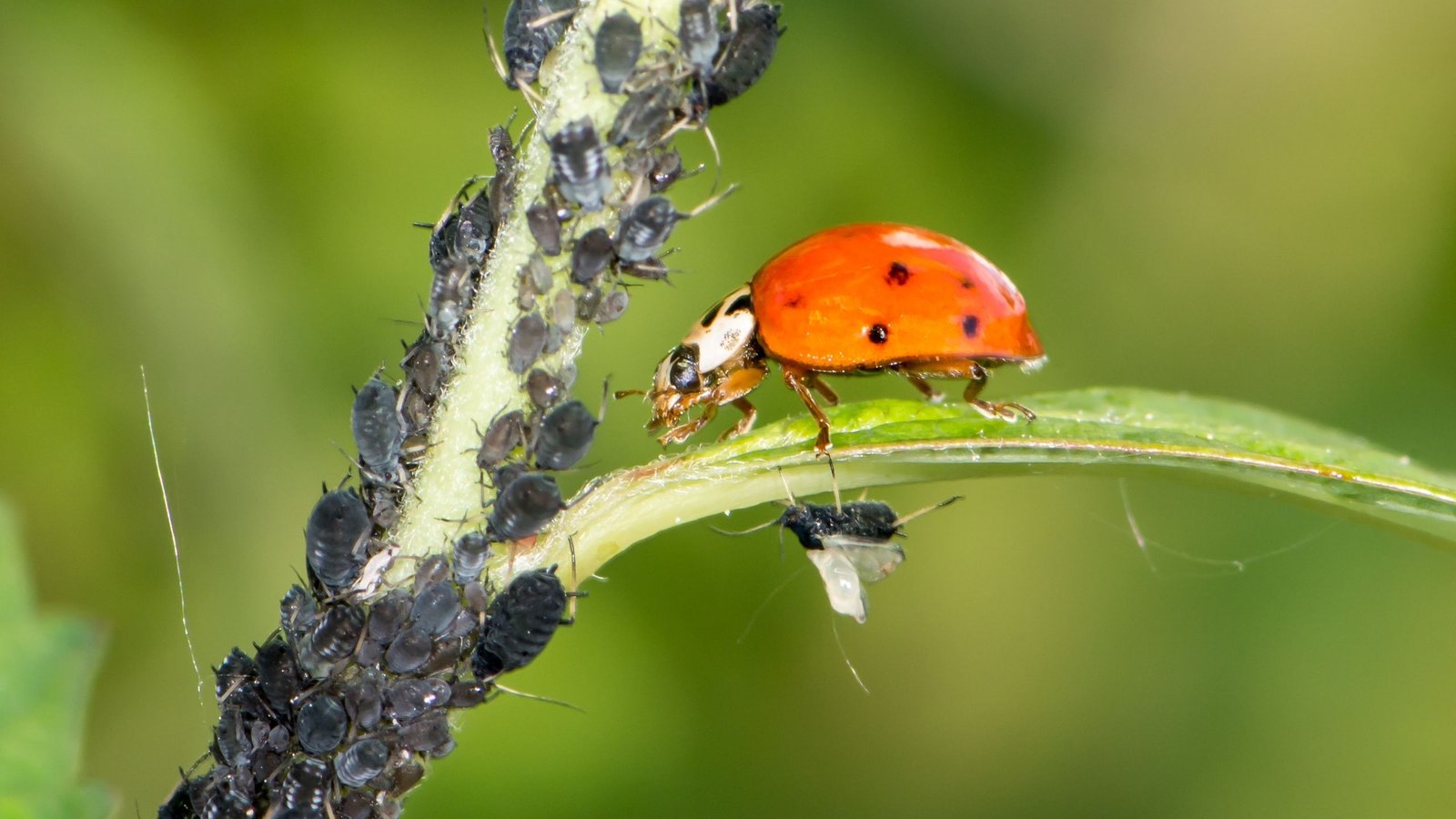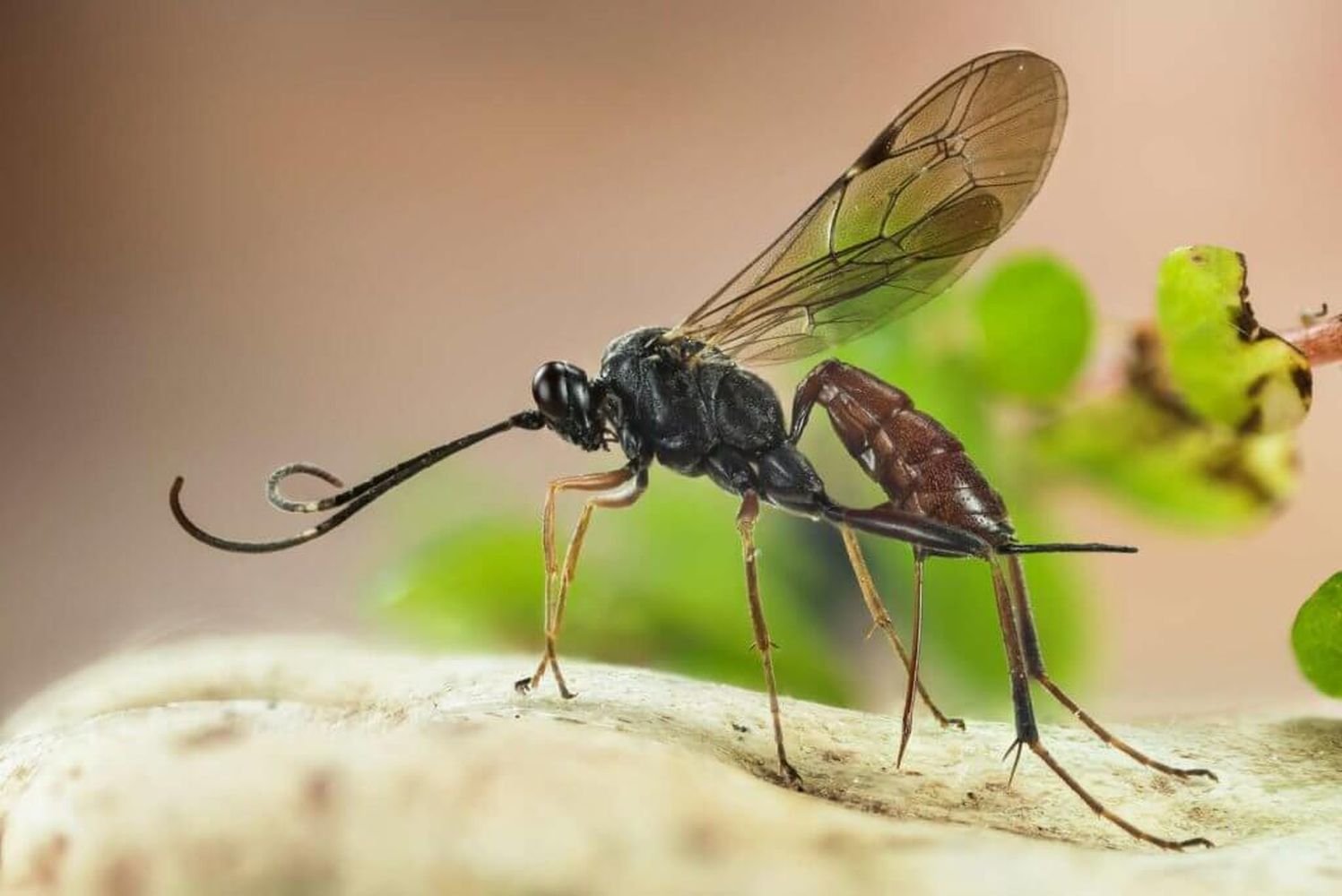Pests and diseases represent a persistent and significant threat to both the quantity and quality of agricultural crop yields. Effectively managing these challenges requires a proactive and well-integrated approach that combines preventative strategies with timely and appropriate interventions. Adopting sustainable and environmentally responsible pest and disease management strategies is crucial for minimizing negative impacts while ensuring crop health and productivity.
“An ounce of prevention is worth a pound of cure.” – Benjamin Franklin
1. Integrated Pest Management (IPM): A Holistic and Sustainable Strategy
Integrated Pest Management (IPM) is not just a set of techniques; it’s a comprehensive and long-term strategy that focuses on the prevention of pest and disease problems. IPM utilizes a combination of various methods, including biological control (using natural enemies), cultural practices (optimizing growing conditions), and the judicious use of pesticides only when absolutely necessary and at levels that minimize harm to the environment and beneficial organisms. Understanding the core principles of IPM empowers farmers to develop sustainable and environmentally sound approaches to crop protection.

2. Early Detection and Monitoring: The Critical First Line of Defense
Regular and systematic scouting and monitoring of crops are absolutely crucial for the early detection of pest infestations or the initial signs of disease outbreaks. Identifying problems in their early stages allows for timely intervention with less drastic measures, effectively preventing widespread damage and minimizing potential yield losses. Farmers should invest in learning effective scouting techniques, including how to properly inspect plants, identify common pests and diseases specific to their crops, and understand the significance of pest population thresholds.
3. Biological Control: Harnessing the Power of Nature’s Allies
Biological control is an environmentally friendly and often highly effective method of pest management that involves utilizing the natural enemies of pests to suppress their populations. This can include introducing or encouraging beneficial insects (such as ladybugs that prey on aphids), predatory mites, and parasitic wasps that attack pest insects. By fostering a healthy ecosystem on the farm, biological control can play a significant role in long-term pest management.

4. Cultural Practices: Cultivating Resilient and Healthy Crops
Healthy and vigorously growing plants are naturally more resilient and less susceptible to both pest attacks and disease infections. Implementing sound cultural practices plays a vital role in building this resilience. These practices include carefully selecting disease-resistant crop varieties, ensuring appropriate plant spacing to promote air circulation and reduce humidity, maintaining balanced soil nutrition through proper fertilization, practicing good field sanitation (removing crop residues that can harbor pests and diseases), and implementing effective weed management strategies.
5. Responsible Use of Pesticides: A Last Resort, Applied Wisely
While IPM prioritizes non-chemical methods of pest and disease management, there may be situations where the use of pesticides becomes necessary to prevent significant crop losses. In such cases, it is crucial to use pesticides responsibly and judiciously. This includes carefully selecting the least toxic options available, applying them at the correct time and rate according to label instructions, targeting the specific pest or disease, and always adhering to strict safety precautions to protect human health and the environment.
Adopting an integrated approach to pest and disease management, emphasizing prevention and sustainable practices, is key to ensuring long-term crop health and environmental stewardship.






